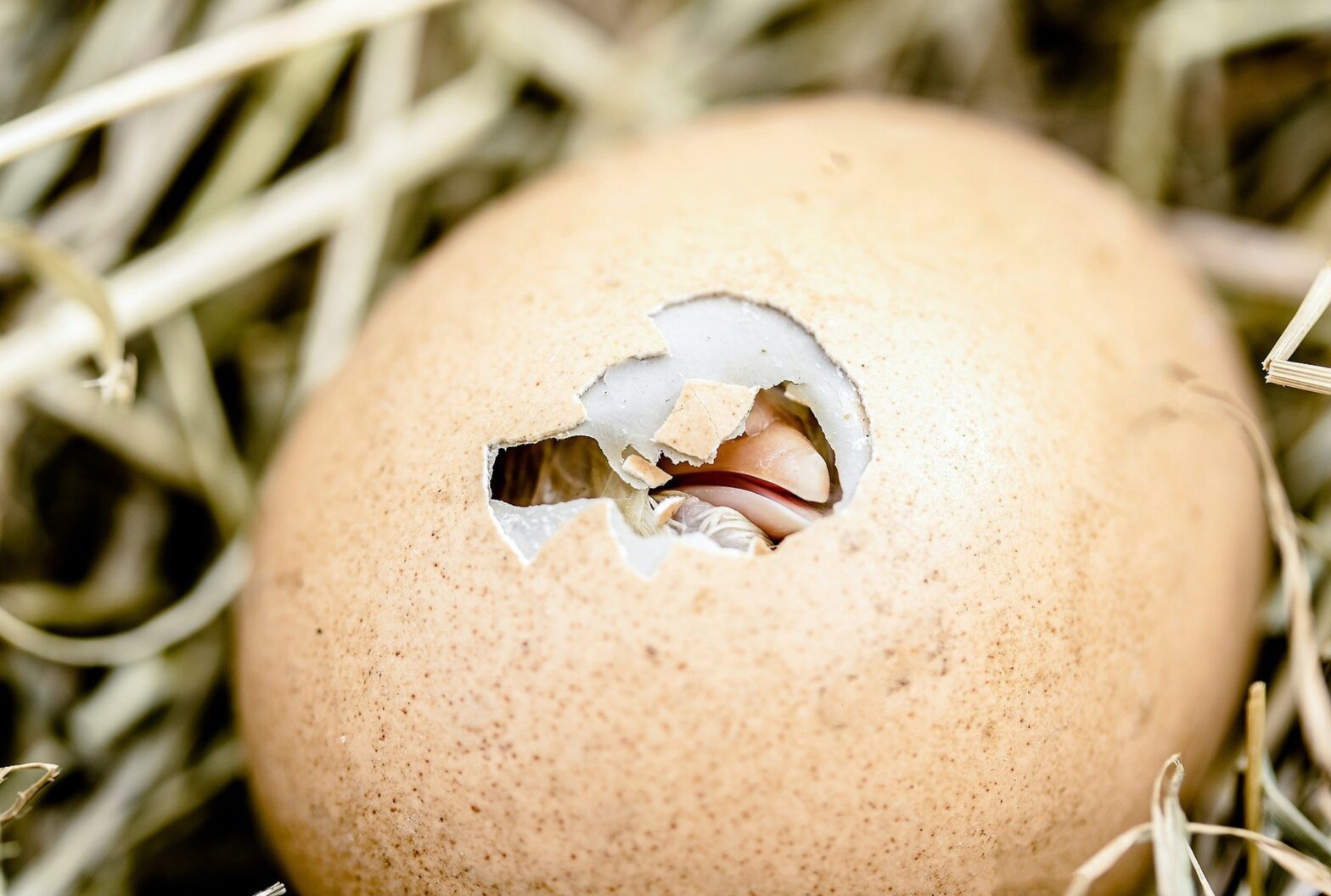Japanese researchers shed light on the development of vocalisation in chicks, bringing us closer to understanding the intricacies of communication in the animal kingdom.
While many animals communicate through innate vocalisations, the exact molecular mechanisms behind species-specific communication remain a mystery. To that end, a team of Japanese researchers sought to unravel this puzzle by focusing on the vocalisation development of chicks.
The researchers honed in on the midbrain as a potential vocalisation centre for chickens and Japanese quails. By electrically stimulating a specific area called the midbrain nucleus intercollicular area in these birds, they observed innate vocalisations such as calling and crowing.
“This finding suggests the vital role of the midbrain in the typical crowing behaviour exhibited by these species,” shared the study’s lead and corresponding author Chikafusa Bessho.
Notably, the researchers observed that chicks do not produce any sounds before hatching, but once they emerge from their eggs, they begin cheeping and emitting distress calls when separated from their mother and siblings.
Building upon these findings, the team proposed that cells expressing the FoxP2 protein in the midbrain play a crucial role in the vocalisation development of chicks. The FoxP2 protein, a transcription factor containing a DNA-binding motif known as the forkhead/winged helix domain, has been extensively studied in relation to speech and language impairments in humans.
To investigate their hypothesis, the researchers used western blotting to analyse the levels of FoxP2 protein before and after hatching in the midbrain of chicks.
“Additionally, we used an antibody called Ab1307, which was designed to detect FoxP2, to study the detailed distribution of FoxP2-expressing cells in the midbrain,” added Bessho.
They found that after hatching, when chicks begin cheeping and exhibiting isolated calling behaviours, the levels of FoxP2 protein in the entire midbrain significantly decreased, as did the number of FoxP2-expressing cells in the mesencephalic SGFS, a specific region of the midbrain.
“This observation suggests that transcriptional regulation mediated through FoxP2 is crucial for organising the neural network associated with avian innate vocalisation before hatching,” said Bessho.
The team published their findings in the journal Neuroscience Letters.
*All animal experimental procedures were approved by the Committee for Animal Research, Kyoto Prefectural University of Medicine


